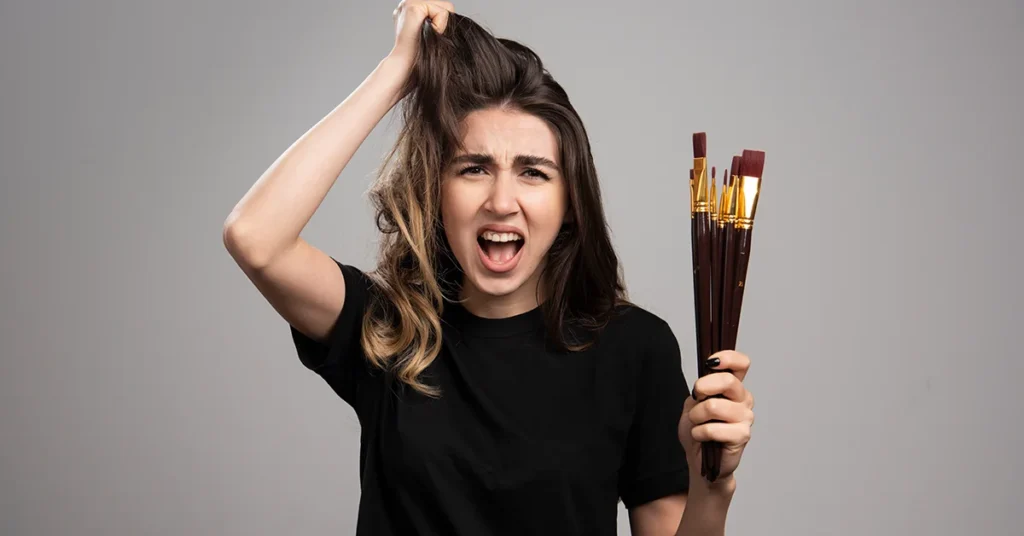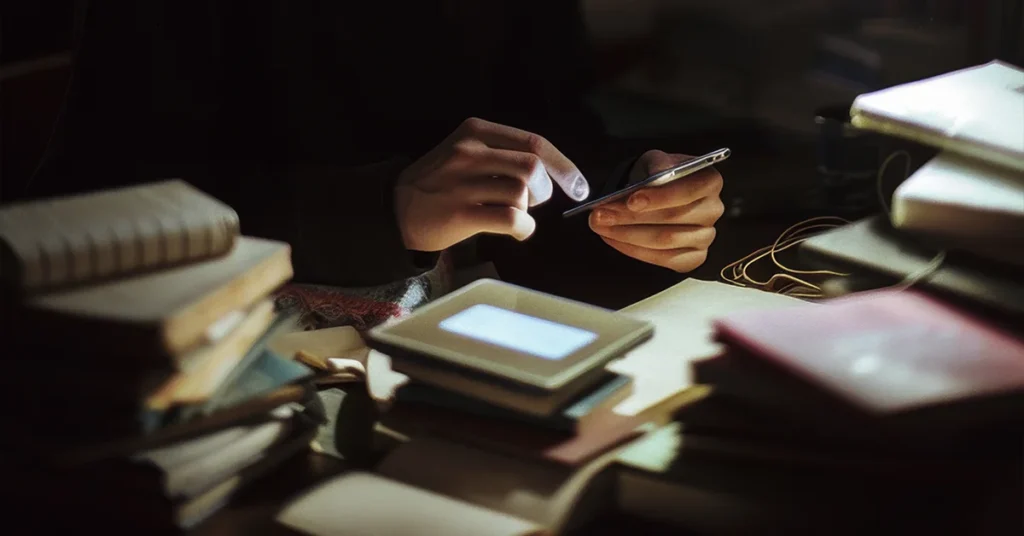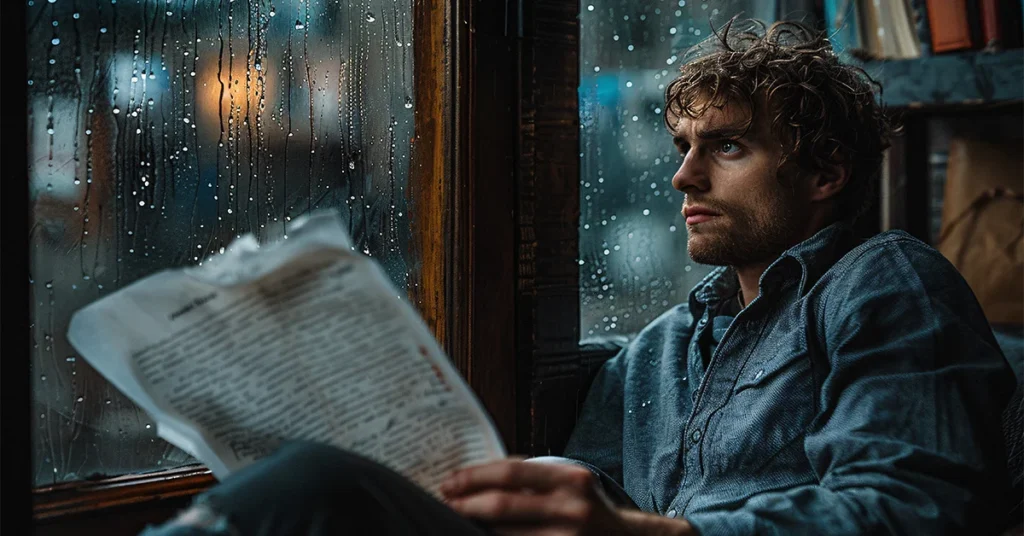Air Brush Air is one of the most versatile and dynamic techniques available to artists, designers, and hobbyists alike. Whether you’re painting models, creating stunning murals, or adding intricate details to a canvas, Air Brush Air can help elevate your work to new heights of creativity. In this article, we’ll guide you through the basics of mastering airbrush techniques, the tools you’ll need, and some expert tips to achieve flawless results. If you’re ready to take your art to the next level, read on!
ALSO READ: Why Moving To Sunnyvale Could Be The Best Decision You Make
Introduction: The Allure Of Air Brush Air
Air Brush Air is more than just a technique; it’s an art form that allows for precision, control, and creativity all in one go. For years, Air Brush Air has been synonymous with automotive detailing, fine art, model making, and even makeup application. The gentle spray of the airbrush creates smooth gradients, sharp details, and soft textures that would be impossible with traditional brushes. Whether you’re a seasoned artist or just starting, the world of airbrushing holds endless possibilities.
However, it can be daunting at first. The tools might seem complex, and achieving perfect results requires practice and an understanding of technique. But don’t worry! Mastering airbrush air is easier than you think, and this guide will walk you through every step to ensure your success.
The Basics Of Air Brush Air: Understanding The Tool
Before diving into advanced techniques, let’s start with the basics: understanding the airbrush tool itself.
What is an Airbrush?
An airbrush is a small, air-operated tool that sprays a fine mist of paint or ink. It uses compressed air to force the paint through a nozzle, creating a smooth, controlled spray pattern. Airbrushes come in various types and sizes, but the most common ones fall into two categories:
Single-Action Airbrushes: These are the simplest to use. With a single-action airbrush, you press the trigger to start the flow of air, and the paint flows simultaneously. The amount of paint is controlled by adjusting the air pressure.
Double-Action Airbrushes: These are more advanced but offer greater control. With a double-action airbrush, you can control both the airflow and the amount of paint being sprayed independently. This allows for more precise and versatile techniques, making it the choice for professional artists.
Choosing the Right Airbrush
Selecting the right airbrush is crucial for your success. The two main factors to consider are:
- Needle and Nozzle Size: The needle and nozzle size dictate how fine or wide your spray pattern will be. Smaller nozzles (around 0.2mm) are perfect for detailed work, while larger nozzles (0.5mm or more) are better for broad coverage and base coats.
- Air Pressure: Different projects may require different air pressure settings. Lower pressure (around 10-15 psi) is ideal for fine detail work, while higher pressure (20-30 psi) is better for coverage and quick jobs.
Setting Up Your Workspace
Before you start Air Brush Air, you’ll need a suitable workspace. Ideally, this space should be well-ventilated to avoid inhaling fumes, especially when using solvents or sprays with harmful chemicals. You’ll also need:
- An Air Compressor: This provides the air supply for your airbrush. Choose a compressor that allows for consistent airflow and is adjustable to suit your needs.
- A Spray Booth or Mask: This helps control overspray and keeps the area clean. It’s particularly important for indoor work.
- Protective Gear: Always wear a mask or respirator to protect yourself from inhaling fumes and particles. Safety goggles are also recommended for eye protection.
Techniques For Mastering Airbrush Air
Now that you understand the basics, let’s explore some key techniques that will help you master the art of airbrush air.
Basic Strokes and Control
Mastering basic strokes is the foundation of Air Brush Air. These include:
- Dry Strokes: By pulling the trigger slightly, you can create small dots or streaks, which are great for textures or fine details.
- Wet Strokes: A fully pressed trigger creates a smooth spray, perfect for larger areas. Practice maintaining consistent pressure to avoid blotchy patches.
- Feathering: Feathering is the technique of slowly moving the airbrush in and out of the area you’re working on to create smooth transitions and gradients. This technique is key for soft shading and blending colors.
Layering for Depth and Texture
One of the best things about Air Brush Air is the ability to layer paints. By applying multiple thin coats of paint, you can achieve depth, shading, and texture that would be impossible with other methods. The key here is to apply several light layers, rather than a heavy coat, to avoid drips or uneven surfaces.
- Layering Colors: Start with light colors and gradually add darker tones on top. This creates a smooth, gradual transition and allows for better blending.
- Texturing: By adjusting the air pressure and distance from the surface, you can achieve various textures. For a more textured finish, increase the distance between the airbrush and the surface. For smoother results, keep the nozzle closer.
Creating Smooth Gradients
Airbrushes are renowned for their ability to create soft gradients, which are perfect for backgrounds, skies, or realistic shading on objects. To create a smooth gradient, practice the following:
- Airbrush Distance: Adjust the distance between the nozzle and the surface. The further away you are, the softer the gradient. Closer distance results in sharper edges.
- Slow Motion: Move your hand slowly and steadily to avoid uneven spraying. This allows the paint to dry more evenly, creating a seamless fade.
Detailing and Fine Work
For more intricate, detailed Air Brush Air, control is paramount. Use a finer nozzle (around 0.2mm) and reduce the air pressure. Try out the following tips:
- Thin Your Paint: Use a thinner for the paint to ensure smooth flow through the nozzle. Thicker paint can clog your airbrush and cause streaking or uneven coverage.
- Practice Stippling: For fine details like freckles, textures, or subtle patterns, use stippling. This involves applying tiny dots of paint in a controlled manner for a textured finish.
Fixing Mistakes and Cleaning Your Airbrush
Even the best artists make mistakes. When Air Brush Air, some common issues include spitting, uneven coverage, or accidental overspray. To fix these problems:
- Spitting: This occurs when paint dries inside the nozzle. To fix this, clean your airbrush thoroughly after each use.
- Uneven Coverage: If the paint appears blotchy, adjust the air pressure or thin the paint further.
- Overspray: Always mask areas that you don’t want painted, and control your distance and airflow for a more precise application.
Cleaning your airbrush is vital to its longevity and performance. Regularly clean the nozzle, needle, and cup to prevent clogging. After every project, flush your airbrush with an appropriate cleaner.
Troubleshooting Common Airbrush Problems
Even with experience, airbrush artists may encounter a few problems. Here’s how to troubleshoot:
Airbrush Not Spraying: Check if the nozzle is clogged or the paint is too thick. Clean and thin the paint before retrying.
Uneven Spray Pattern: This can happen if the airbrush is too far from the surface or if the paint is too thick. Adjust the air pressure and thin the paint as needed.
Paint Drips: If you notice paint dripping from the nozzle, it might be because you’ve pressed the trigger too hard or used paint that’s too thick.
Conclusion
Mastering the art of airbrush air is all about practice and patience. From selecting the right tools to experimenting with various techniques, Air Brush Air offers an incredible range of creative possibilities. With the tips shared in this guide, you’ll be able to create everything from subtle gradients to detailed designs. Keep practicing, stay patient, and most importantly, have fun with the process.
As you progress, you’ll develop your own unique style and learn what works best for your projects. Whether you’re painting models, doing custom automotive work, or designing intricate art pieces, Air Brush Air will continue to elevate your creative endeavors.
FAQs
What is Air Brush Air?
Air Brush Air is a painting technique that uses a small, air-powered tool to spray paint or ink in fine, controlled layers. It allows for precise detail and smooth gradients, making it ideal for a wide range of creative applications, from fine art to model painting.
Do I need a special compressor for Air Brush Air?
Yes, an air compressor designed for Air Brush Air is necessary for consistent airflow. Look for a compressor with adjustable pressure and a moisture trap to ensure optimal performance.
Can I use regular paint with an airbrush?
It’s best to use paints specifically formulated for Air Brush Air, as they are thinner and flow more smoothly through the nozzle. Regular paints may need to be thinned before use.
How do I clean my airbrush?
After each use, clean the nozzle, needle, and paint cup with an appropriate airbrush cleaner. This prevents clogging and keeps your airbrush in top condition.
What kind of surface can I airbrush on?
Air Brush Air can be done on a variety of surfaces, including canvas, paper, plastic, metal, and even fabric. Make sure to choose the right paint for the surface you’re working on.
ALSO READ: Why Ramie Fabric Is The Eco-Friendly Choice Your Wardrobe Needs



